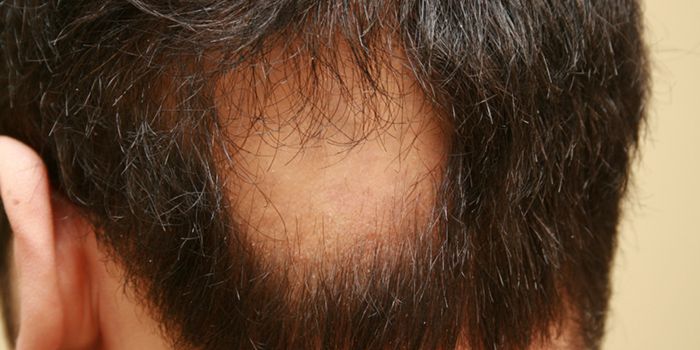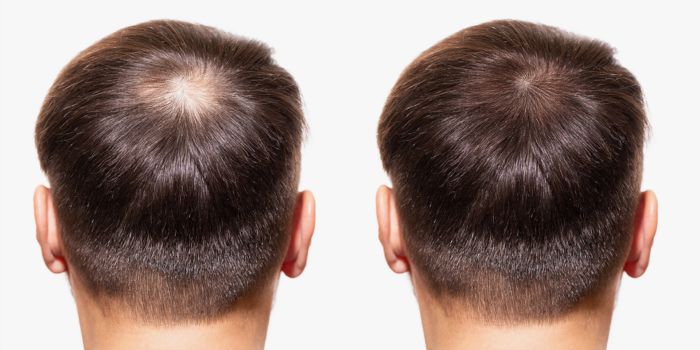As a hair restoration surgeon with more than seven years of expertise executing sophisticated FUE and FUT operations, I am enthusiastic about the opportunities stem cell research offers to develop hair transplant technology. Based on the most recent findings and advancements, I will offer my insider’s view on the potential applications of stem cells for hair growth in this post. Let’s read below about “The Future of Hair Restoration: Stem Cell Transplants”.
Table of Contents
The Promise of Stem Cells
In the years to come, stem cells may provide a novel approach to more successfully treat hair loss. They are undifferentiated cells that can proliferate quickly and give rise to distinct cell types. This contains the cells that promote the formation of hair follicles.
In my personal practice, I have witnessed numerous patients benefit greatly from current surgical methods. But what I can do for certain folks is limited because they have scar tissue or severe inherited hair loss. Even in challenging situations, stem cell injections into the scalp may be able to promote better hair regeneration.
I have been constantly following cutting-edge research on stem cell therapy for pattern baldness coming out of Europe and Asia over the past ten years. Early human trials and laboratory studies have demonstrated positive signals of success.
For example, a recent research showed that individuals with androgenetic alopecia and alopecia areata can generate new follicles after receiving injections of dermal papilla cells obtained from human pluripotent stem cells. I predict that stem cell transplants will eventually change the best practices for hair restoration as more clinical data on the best cell lines and delivery systems become available.
The Evolution of My Stem Cell Protocol
In many countries, stem cell treatments are still awaiting governmental approval; nevertheless, some physicians have already started providing injections using patients’ own cells. I wait to use any new procedure at my hair health clinic until significant, peer-reviewed validation is available.
But three years ago, after carefully reviewing the state of the art in stem cell research, I started introducing adipose-derived injections gradually to aid in the postoperative recovery. I extract and activate the mesenchymal stem cells from fat cells during the transplant to create an injectable serum.
I’ve seen that this speeds up healing and reduces any transient hair loss around the grafts in about 200 patient cases to date. As the research advances, these encouraging results have increased my faith in the direct repair or restoration of hair through stem cell treatments.
I’ve also been working with a biotechnology company for the past year to find cutting-edge cellular treatments for hair growth and wound healing. In my capacity as a scientific advisor, I strive to guarantee that their testing protocols and product designs are in line with the actual needs of surgical patients.
The development of effective stem cell therapies that strike a compromise between safety, efficacy, and practicality will be greatly aided by these kinds of clinician-researcher partnerships.
The Next Phase of Testing and Approval
Although China, Japan, and several European countries have been leading the way in funding and permitting stem cell trials for hair loss. The US FDA now approved its first Investigational New Drug to carry out a Phase I safety research using stem cells produced from adipose tissue.
This implies a significant change in the United States toward longer-term, more comprehensive clinical studies. I anticipate that in the next five to seven years, these activities will produce important information. About standardizing and validating stem cell therapies for hair regeneration.
Physicians like myself hope that stem cell injections for pattern baldness could receive FDA license as early as 2028–2030. As more evidence supports their effectiveness. But scientists frequently underestimate how long it will take to navigate regulatory regulations. In either case, once this ground-breaking tool is publicly available, I pledge to responsibly incorporate it.
Envisioning the Future of Transplants
Looking ahead to the next ten years, I see many significant advancements in hair regrowth made possible by stem cell injections:
Non-Surgical Rejuvenation for Early Stage Thinning – Injectable stem cells may be able to correct shrinkage in patients diagnosed early. When follicles are still intact. Surgery is not necessary. This may eventually increase hair density as more cells begin to activate surrounding the follicles. To maintain the effects, the scalp might require touch-up injections on a regular basis.
Enhanced Graft Survival and Growth – Injecting mesenchymal stem cells before to a transplant is expected to increase the absorption of the graft. And applying dermal papilla cells stimulates dormant follicles to produce new hairs. Better long-term yield and initial growth from the implanted hairs are promised by this.
Scar Repair Assistance – Sometimes there aren’t enough donor sites available for transplants to adequately cover the scalp, like in the case of severe burn scarring. Injections of stem cells may be able to permeate scar tissue sufficiently for grafting. Alternatively, the stem cells may directly heal damaged skin while causing some follicle neogenesis. If the scars are too deep to support transplantation.
Combination with Cloning – As hair cloning technology advances, stem cells may make it possible for bioengineered follicles intended for transplantation to multiply quickly. Small biopsied follicles could be multiplied in place of big donor samples. This opens the possibility of virtually infinite hair restoration.
Conclusion
Much more study and improvement are needed before hair loss stem cell treatments are widely available. However, as a specialist in hair regeneration, I see an extremely bright future. I have already seen firsthand how stem cells can restore and heal tissue.
It might take another five to ten years before this technology is widely used in therapeutic settings. Integrated stem cell applications, however, will usher in a new era of sophisticated hair transplants when it happens. I’m determined to take the lead in ethically incorporating stem cell breakthroughs into my hair wellness business and verifying them.
Future years may see the realization of successful stem cell therapies for hair restoration. Provided doctors, scientists, and regulators around the world put in the necessary effort. I look forward to the day when this medical revolution will help me and my patients. I hope you like reading “The Future of Hair Restoration: Stem Cell Transplants”.

Kannaiah Thallapally is a seasoned hair restoration expert with a strong background in advanced hair transplant techniques. As an Associate Member of the International Society of Hair Restoration Surgeons (ISHRS), Kannaiah combines his extensive knowledge with a commitment to the latest industry practices. His expertise is showcased on hairstransplant.in, where he provides valuable insights into hair restoration solutions. Kannaiah is dedicated to helping individuals achieve their desired results and restore their confidence. Connect with him on Instagram for more updates and expert tips.
